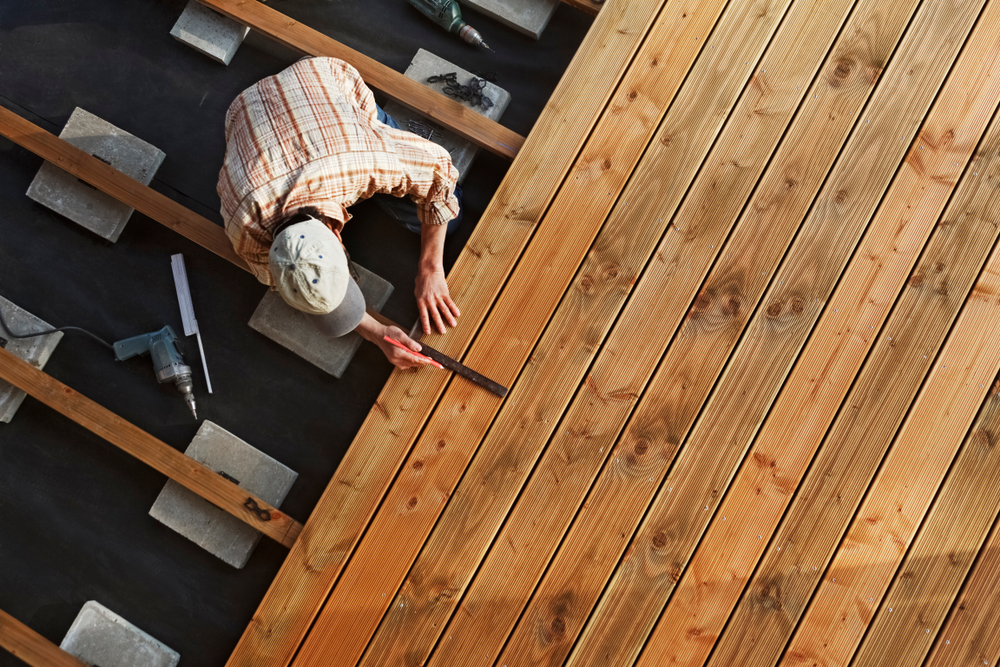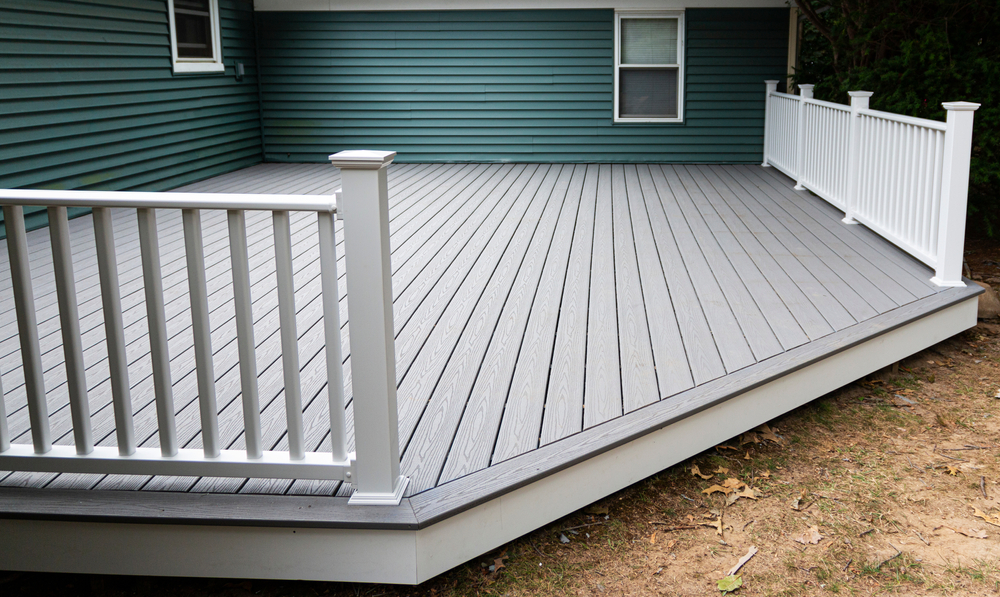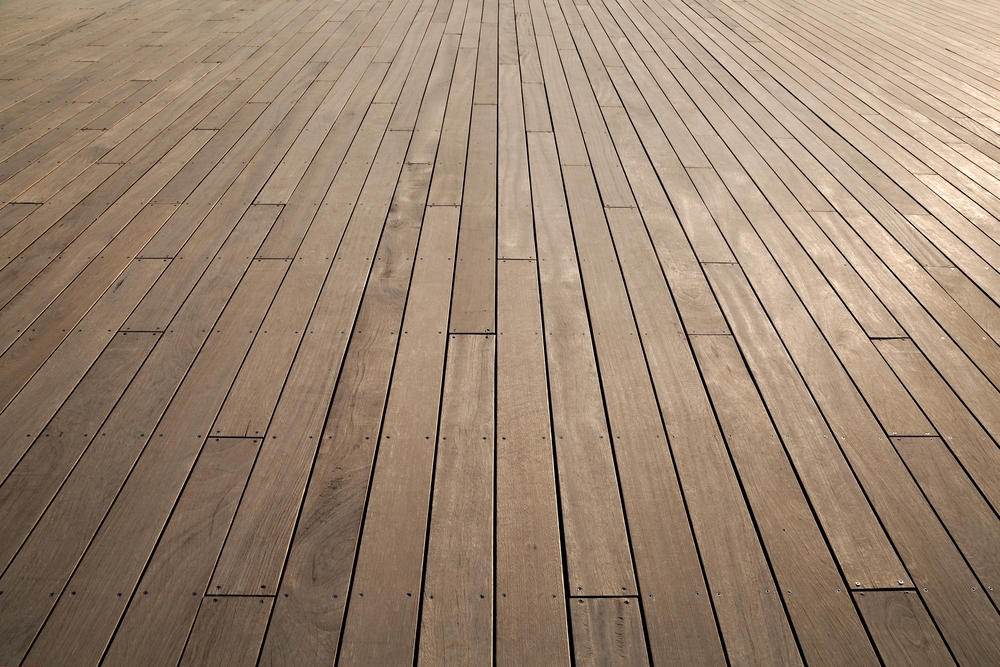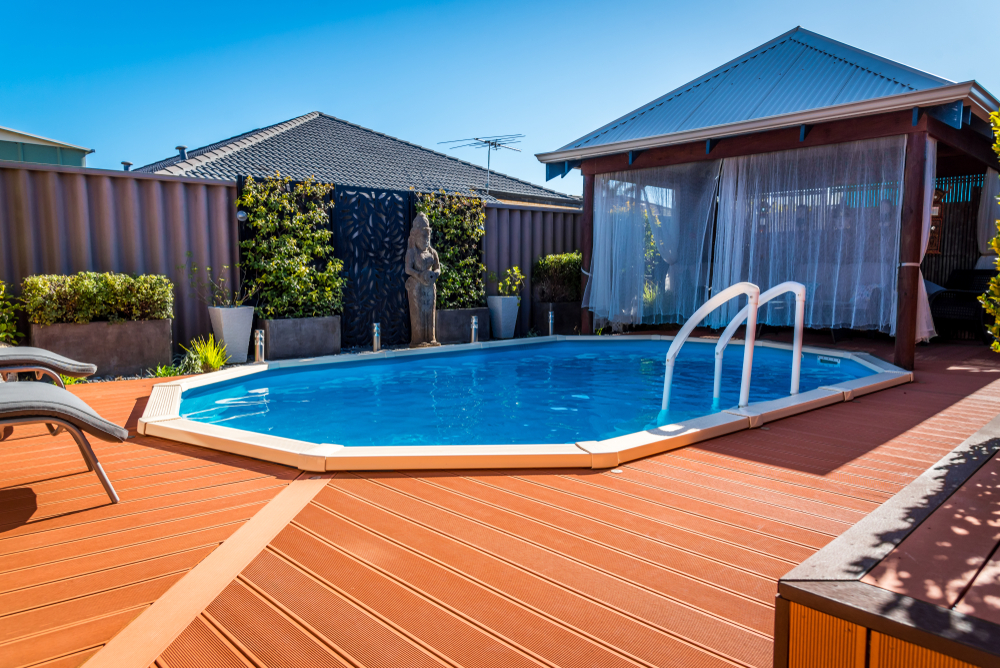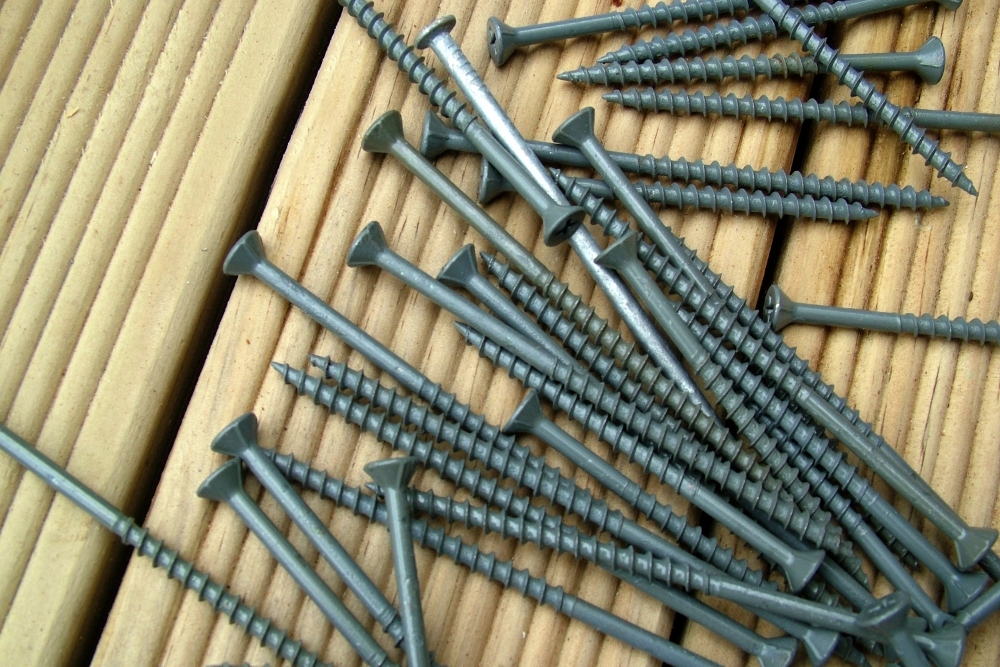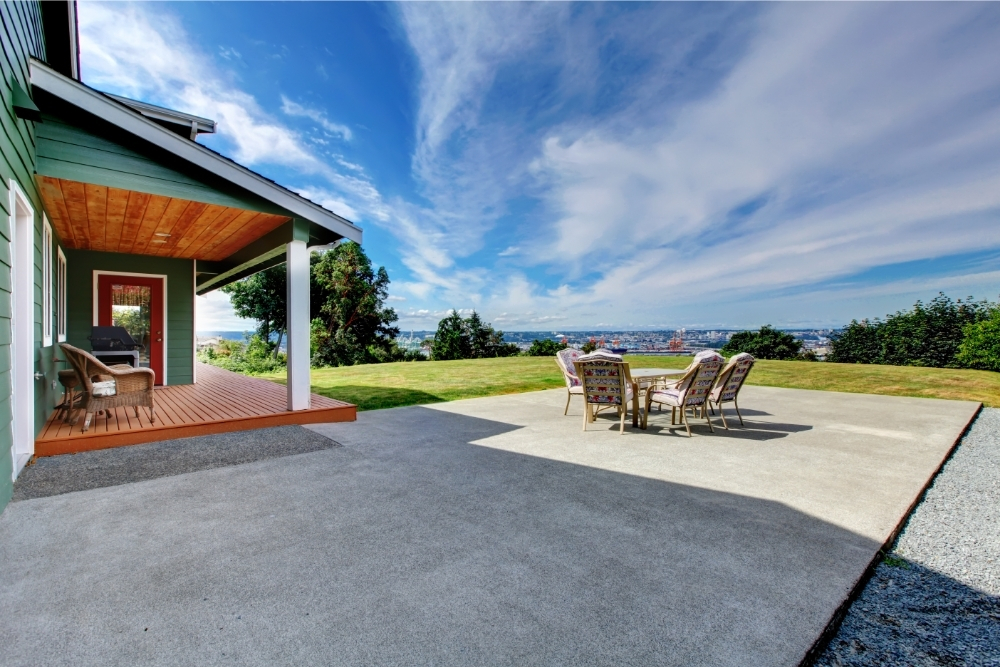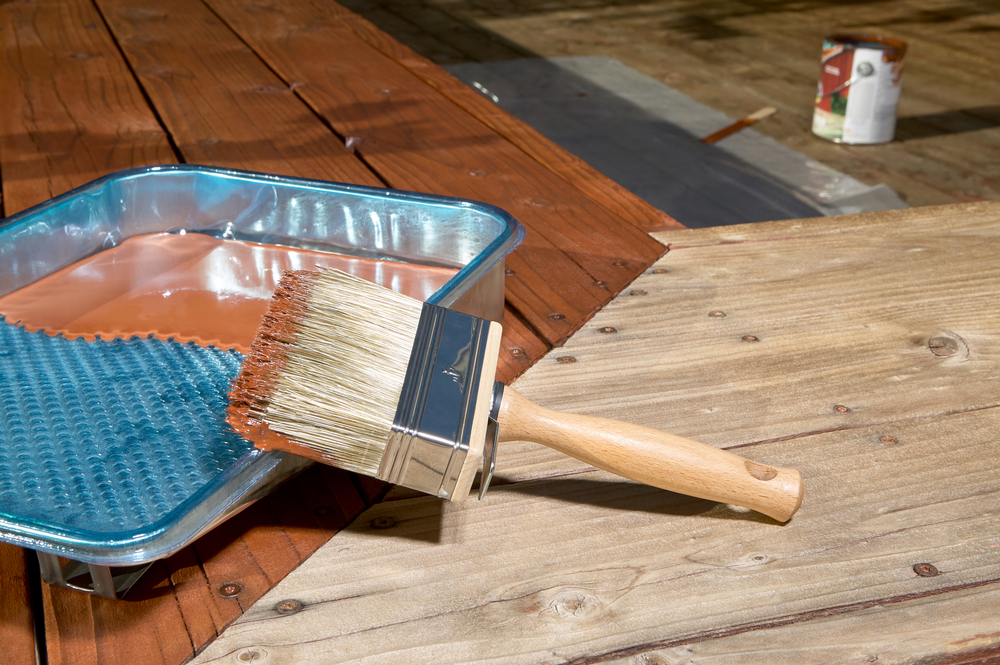So, you have decided to build your own decking. While it may seem a daunting task at first, it is absolutely possible to construct decking quite easily with the right tools and a clear guide.
However, as with most DIY projects, there are many things that can go a bit awry. One of the main issues DIYers come across is decking board gaps. Firstly, should there be any gaps? In short, yes. Read on to find out more.
Even the slightest things can affect the whole installation process when using decking boards. This is why you need to prepare and plan the project as thoroughly as possible beforehand. One crucial aspect is the gap between the decking boards.
In today’s article, we will be discussing how large these gaps should be and if the gaps are really necessary. With a little understanding and preparation, your installation process will become a lot smoother.
Do you need spacing between decking boards?
The short answer is, yes. When you’re installing any kind of deck, you need to leave gaps between each board. This isn’t just in-between the sides of the boards but also at their ends.
This is usually the number one mistake people make when building a new patio or decking. People do not realize how crucial gaps in decking are in their projects.
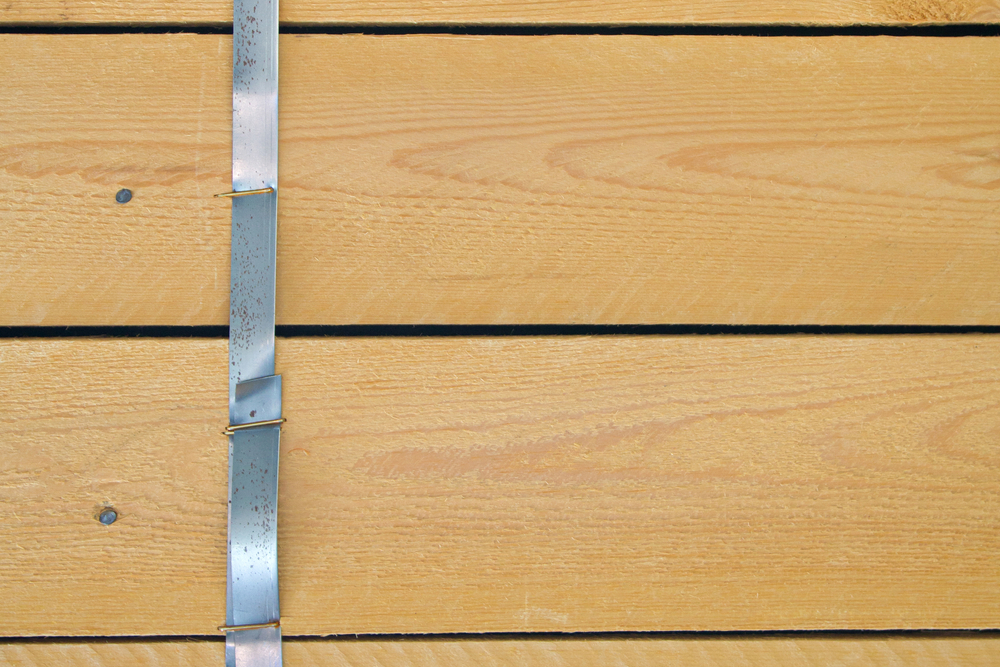
All types of decking boards expand and shrink, whether they are made from wood, plastic, or composites. The rate at which they do so depends on the material and conditions they are installed in.
The material that is most susceptible to expanding and shrinking tends to be wood. When this is exposed to moisture, wood is very good at absorbing it. Therefore, it can begin to swell and increase in size.
As the board dries out, it will then return to its original size. However, in some cases, the board can change size permanently and not go back to its original form. This can lead to possible cracking, warping, and splintering of the boards.
When we consider vinyl or plastic decking, their sizes will vary due to different temperatures rather than moisture and humidity. Composites can expand and shrink because of moisture and temperature. This is down to both plastic and wood fibers contained within.
Compared to wood or plastic, though, composites do not vary in size as much. Wood fibers tend to hold their shape even when composites go through thermal expansion. T
he plastic fibers also do the same but when moisture is involved. Composites can be more susceptible to either kind of expansion depending on what they are made out of.
Composites and vinyl are generally more resistant to warping and bending than wood, however. If you’re worried that wood will expand or shrink quite regularly in your region’s conditions, you should consider using vinyl or composite decking boards instead.
Both offer the same durability levels but composites appear more natural and wood-like. Just be prepared to splash a little more cash for this kind of decking.
Why are gaps needed between boards?
By putting spaces in between your decking boards, you can actually help to preserve it for longer. These gaps act like drainage for the area. Without the gaps, water can become stuck on the surface of the boards as the decking becomes wetter and they will begin to absorb moisture.
This will lead to expansion, especially in wooden boards.
This expansion can remove certain screws and nails that are used to secure the deck down. This can result in an unsafe and unstable decking area. It can also lead to wear of the boards and change their shape beyond repair.
Finally, expanded boards can cause friction and pressure to one another resulting in irreversible damage.
Ventilation is another important aspect. Without gaps, vapor that rises from the ground can become stuck. This can lead to moisture accumulating underneath the boards and cause warping and shorten the decking’s lifespan.
While composite boards are more resistant to moisture and wear, this should be avoided whatever material your decking boards are made from.
What should the gap be between decking boards?
When you’re installing decking boards, ensure that you leave ¼ to ⅛ -inch gaps between them. This gap will help the deck breathe and allow more ventilation to get through them. They will also provide sufficient drainage and make the patio area much easier to clean.
There are pros and cons to these sizes. Wider gaps allow for better drainage but can also become a safety hazard as there is a higher risk of tripping or even fire in some instances.
On the other hand, narrower gaps can trap a lot of dirt leaving the decking susceptible to mold and mildew. This is why many people opt for ⅝’s of an inch, to be on the safer side.
Remember to add gaps between the ends of the boards too. We recommend installing a gap distance of around 3/16 to 1/32 of an inch.
To make the gaps the right size, certain tools can be of help. Some people are known to use a 16-penny nail as a reference for the right-sized gaps. However, the measurement can vary depending on various factors.
For example, composites very rarely shrink and, if they do expand, it is generally a lot less than wood. Therefore, it is then possible to install narrower gaps between the composite boards. But, if you live in an area with fluctuating temperatures, you may wish to consider installing larger gaps to allow the composite to expand slightly and then shrink again.
Believe it or not, the color of the boards can also affect how well they absorb heat. Darker boards tend to heat up much quicker so bear this in mind if you live in a hot climate.
The most important thing to do is to follow the instructions that have been supplied by the manufacturers. These will provide you with the exact measurements required when adding gaps between your decking boards.

